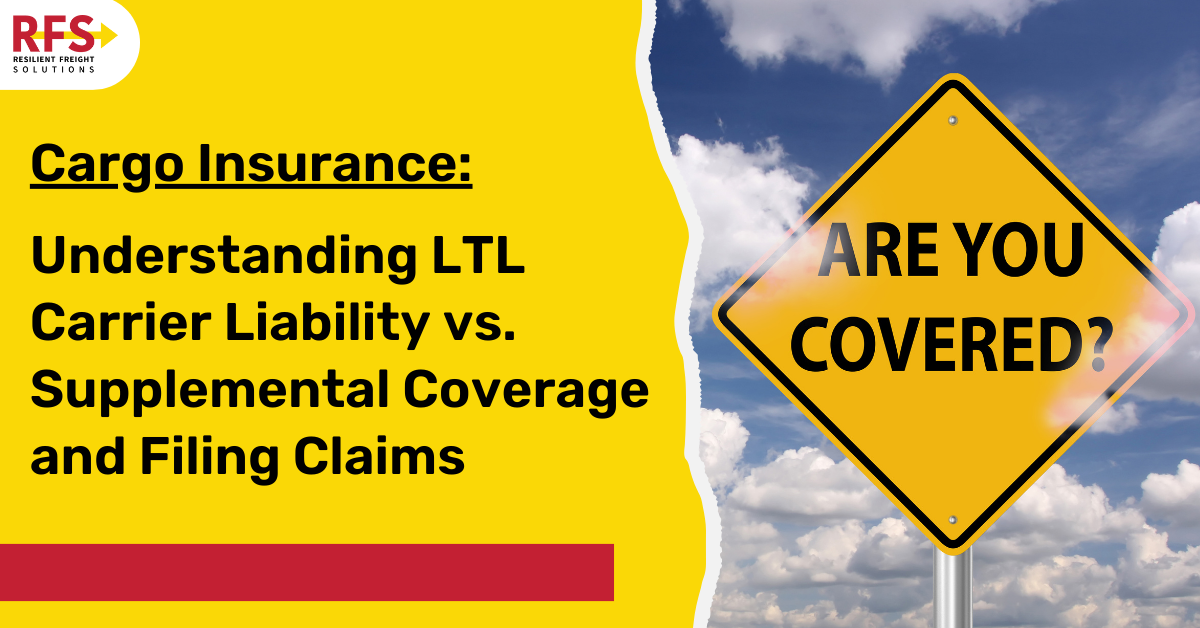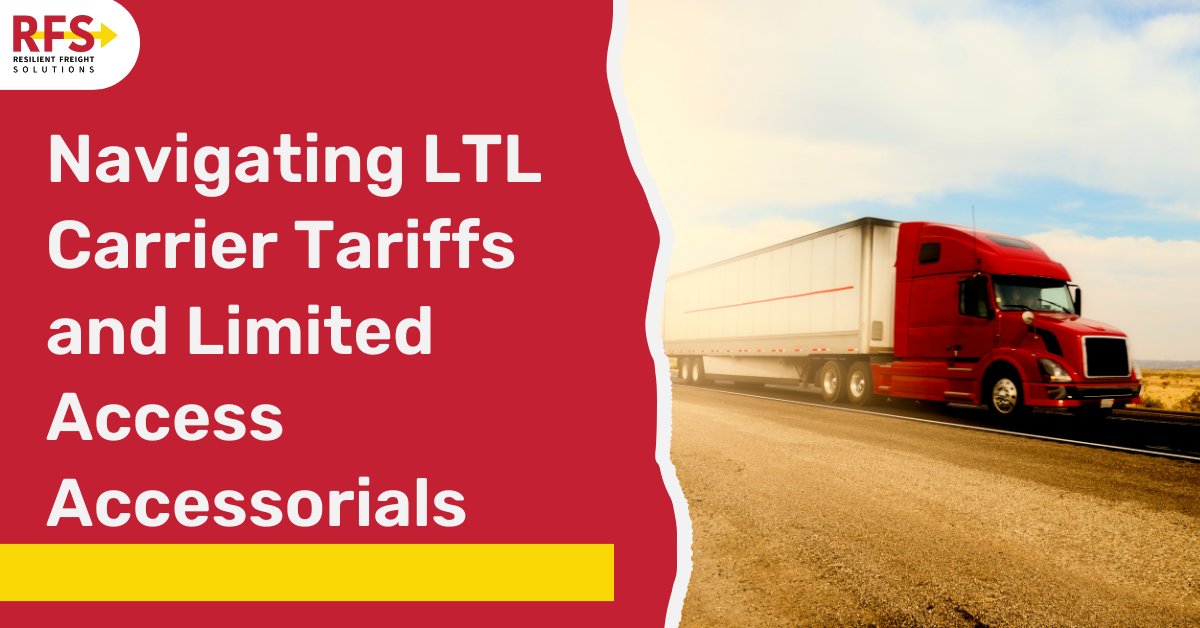Protecting your cargo from potential risks is a crucial consideration when shipping goods. LTL (Less Than Truckload) carriers often provide basic liability insurance for the cargo they transport, but is it sufficient? In this blog post, we'll explore the differences between LTL carrier liability insurance and supplemental cargo insurance, and we'll delve into the process of filing a claim to ensure your goods are adequately protected.
LTL Carrier Liability Insurance vs. Supplemental Cargo Insurance:
-
LTL Carrier Liability Insurance:
- Included Coverage: LTL carriers typically include basic liability coverage in their freight rates.
- Limitations: Coverage may have limitations on cargo types, causes of loss, and reimbursement amounts.
- Cost: The cost is often included but may not fully cover high-value or sensitive goods.
-
Supplemental Cargo Insurance:
- Comprehensive Coverage: Offers tailored coverage for specific needs, including broader protection against various risks.
- High-Value Cargo: Ideal for shippers with high-value cargo, providing peace of mind with full coverage.
-
- Additional Cost: While more comprehensive, supplemental insurance comes at an extra cost. We recommend covering the cargo value + the freight cost. For example, if the cargo value is $1,000, and to move that costs $300, then we should cover $1,300.
Decision Point: Shippers frequently choose supplemental insurance to tailor protection to their specific needs. While relying solely on carrier liability coverage isn't necessarily a poor decision, it could have repercussions in the event of complete load destruction. The outcome hinges on the carrier's insurance coverage and disclaimers. Conversely, we're delighted to provide comprehensive disclaimers for our supplemental insurance coverage through our trusted partners.
Filing a Cargo Insurance Claim:
-
Document the Damage or Loss:
- Thoroughly document the damage with clear photos and notes on the condition upon receipt.
- Notify your Resilient Freight Solutions Concierge:
-
- Promptly inform your Logistics Service Concierge™ about the damage or loss, providing essential details.
-
Provide Supporting Documents:
- Submit supporting documents such as shipping records, invoices, and photographs. We suggest that photographs be taken before loading and at receiving.
-
Wait for Claim Assessment:
- Allow the carrier or insurer to assess the claim, possibly involving an investigation.
-
Receive Claim Decision:
- Receive a decision on the claim, outlining the approved amount or any denial.
-
Reimbursement or Repair:
- If approved, receive reimbursement or opt for repairs/replacement of damaged goods.
-
Appeal Process (if necessary):
- Your Logistics Service Concierge™ will guide you through the process in case of a necessary appeal.
Choosing between LTL carrier liability insurance and supplemental cargo insurance depends on various factors, including the nature and value of your cargo. Filing a claim requires careful documentation and adherence to specific procedures the carrier or insurer outlines. By understanding these aspects, shippers can navigate the complexities of cargo insurance, ensuring their goods are adequately protected throughout the shipping process. Please contact us if you have any questions: howdy@resilientfreight.com





Post a comment